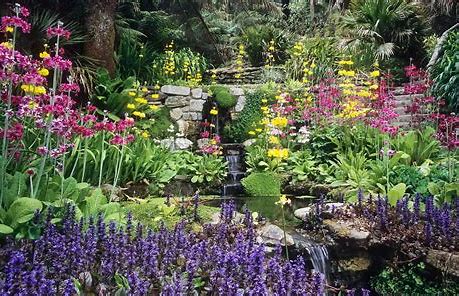How To Start A New Garden

Congratulations on your decision to start a new garden. Regardless of whether you are a novice or seasoned expert, you can enjoy the benefits of a garden with nothing more than a little knowledge, some seeds and the proper tools.
Step # 1: Pick Your Plants
Before you start a new garden, the first and most obvious step is to choose your plants. Some things to consider when making your selection include your geographical region, climate, soil condition and the size of your space.
Different climates demand different plants, which means you must choose wisely in order to get the most out of your garden. Your soil condition is important because most gardeners find it best to have a flat planting surface with a soil that has the nutrients necessary for a healthy garden. You can always add fertilizer, which can help to make up for any lacking nutrients in your own soil. The size of your space is important because seeds should not be planted too close together or too close to a wall.
Step # 2: Prepare Your Soil
Whether you are planting seeds or transplanting a garden, it’s important to loosen your soil to allow for the proper marriage of your plants and the earth’s nutrients necessary for survival. Some gardeners prefer to till their soil, while others simply dig and leave the surface loosened for planting.
Step # 3: Water Your Garden
Once your seeds are planted, it’s time to have patience. There’s nothing quite like the hurry up and wait feeling that every gardener experiences when they have made all of the necessary preparations for their new garden and then the waiting game begins. The proper watering can help your hard work to materialize in a healthy way. Most experts recommend watering a garden in the early morning hours when the air is still cool. Instead of applying the water directly to the plants themselves, try adding it to the soil instead.
Step # 4: Maintenance Matters
It’s important to keep all clutter away from your plants and/or garden area. Toys, yard tools and even gardening supplies can cause damage if left lying about. Always remove items from the area once you are done using them and make sure that the area is free of any items that don’t belong.
Step # 5: Know Your Plants’ Maturity
As a successful gardener, you will need to know at what point your plants will reach maturity. This is especially true if you are planting fruits or vegetables, which you can collect when ready.
